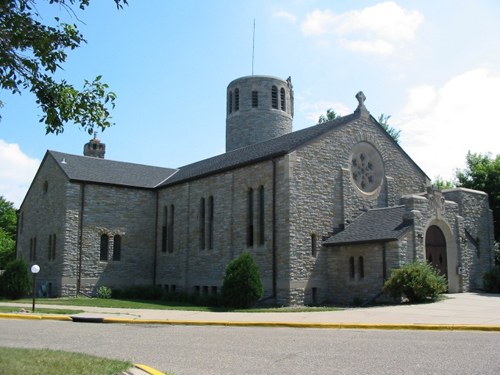 Today we begin another new section; Methods of Fastening. In this section we look at and learn about the many ways that furniture is fastened, as well as how to repair the best, and the worst of joints. We will be re-gluing chairs and tables, and making any replacement parts we might need along the way using the skills we acquired in our woodworking section.
Today we begin another new section; Methods of Fastening. In this section we look at and learn about the many ways that furniture is fastened, as well as how to repair the best, and the worst of joints. We will be re-gluing chairs and tables, and making any replacement parts we might need along the way using the skills we acquired in our woodworking section.We started the day with some conversation on why glue joints fail. There are many reasons that glue joints can fail and it only takes one misstep to make even the nicest looking joint come loose. However, we often find that there is at least one, if not many things wrong with some joints, and we need to learn how to respond to these situations. Our 1st step is learning about how our furniture is constructed.
 The students brought in many of their own projects, but we also have some pieces that need attention here in our workshop. We need to know how furniture is put together in order to know how it is taken apart, so we need to look at each chair individually to check for nails, screws and other fasteners, we look at where the joints are and number them so we can put the chair back the way it was. Then we get down to the nitty gritty and actually begin dis-assembling the furniture, and clean the joints, make any necessary repairs in preparation to re-glue each chair.
The students brought in many of their own projects, but we also have some pieces that need attention here in our workshop. We need to know how furniture is put together in order to know how it is taken apart, so we need to look at each chair individually to check for nails, screws and other fasteners, we look at where the joints are and number them so we can put the chair back the way it was. Then we get down to the nitty gritty and actually begin dis-assembling the furniture, and clean the joints, make any necessary repairs in preparation to re-glue each chair.

























.JPG)
.JPG)
.JPG)
.JPG)



.JPG)
.JPG)
.JPG)
.JPG)











.JPG)
